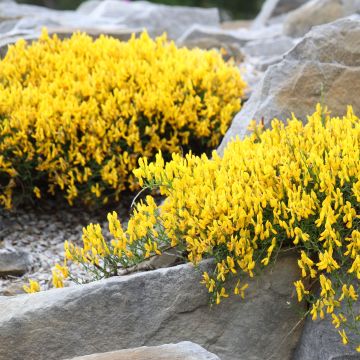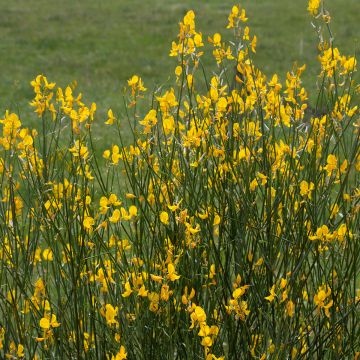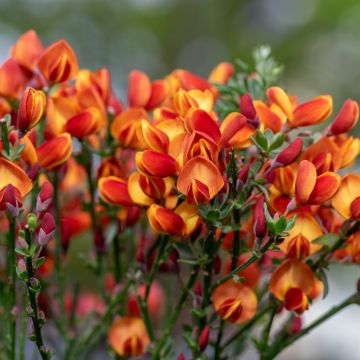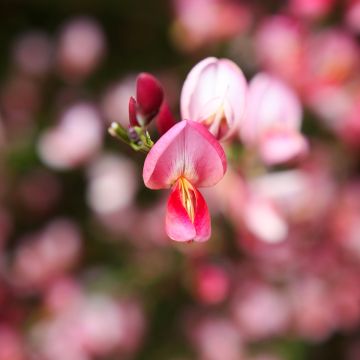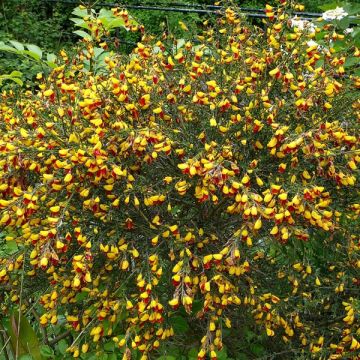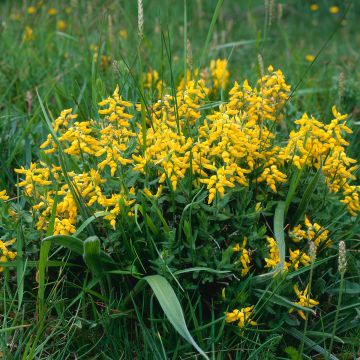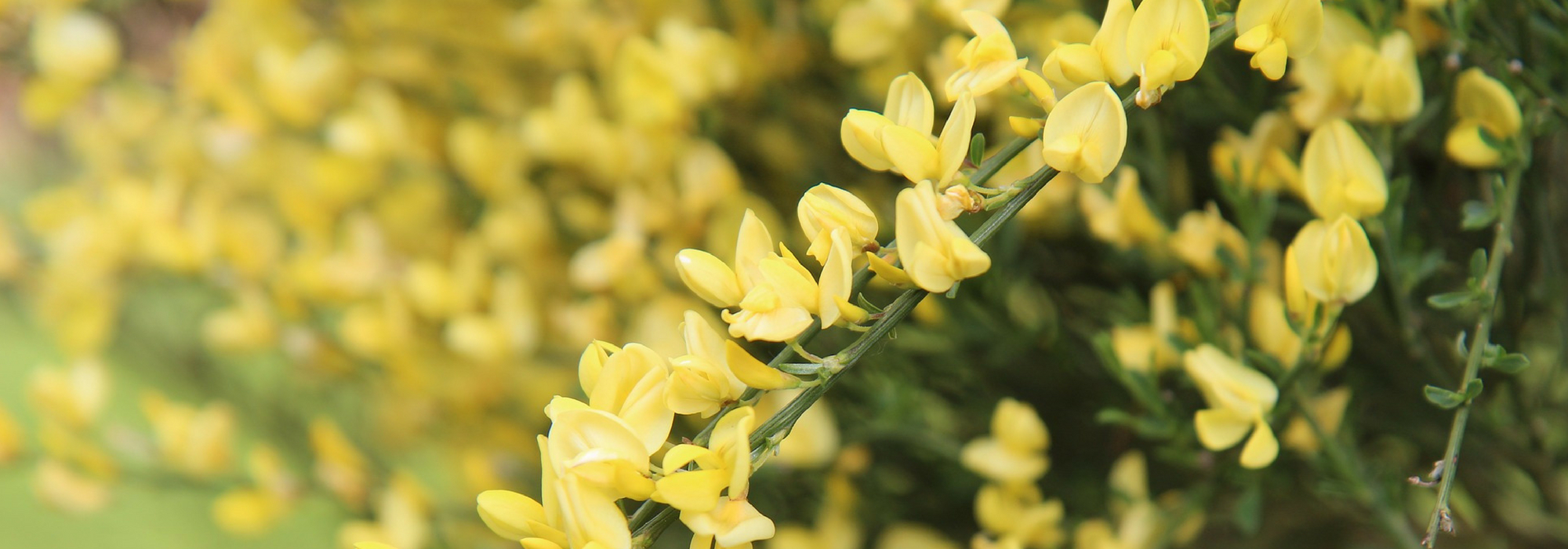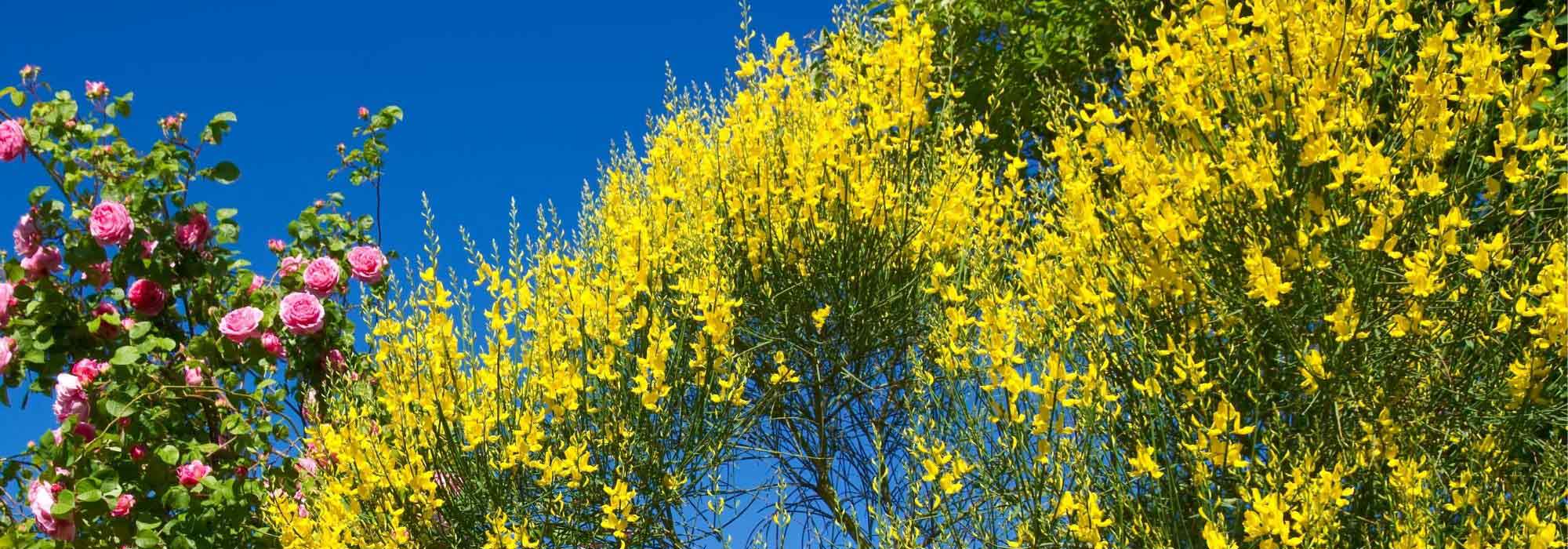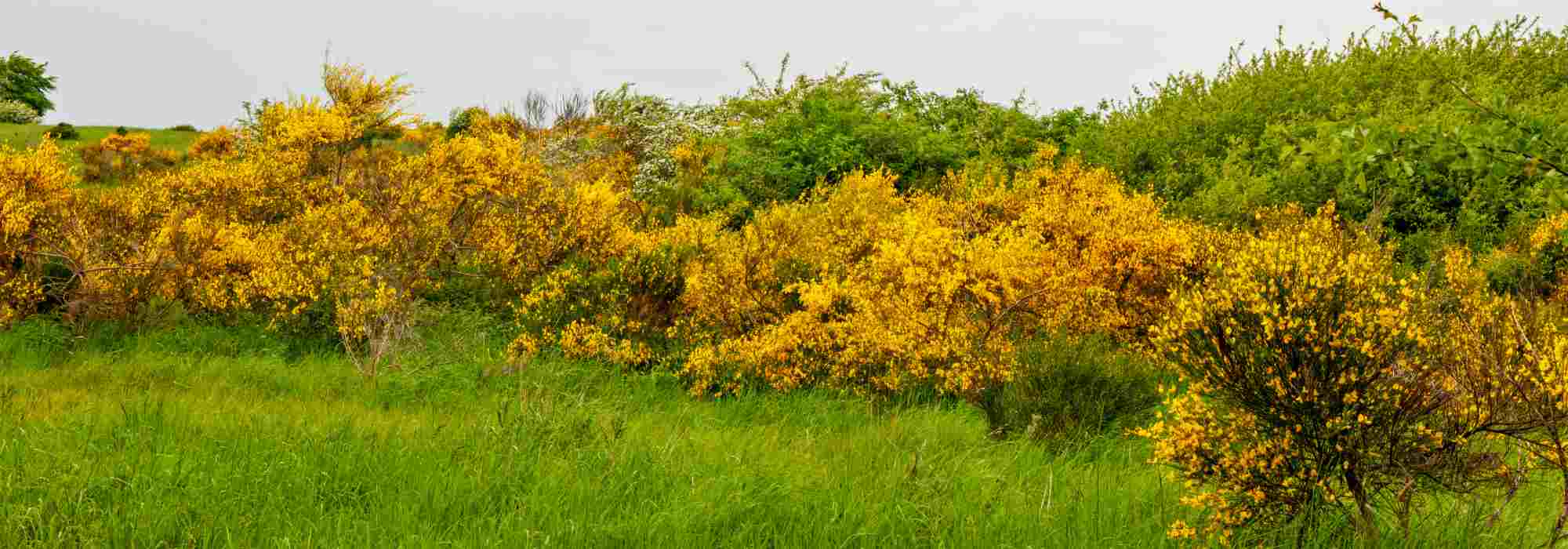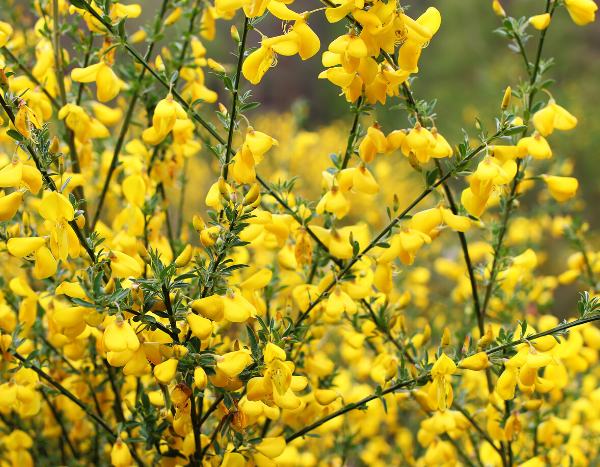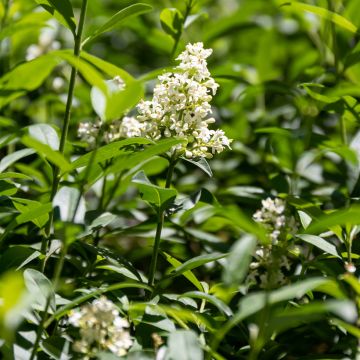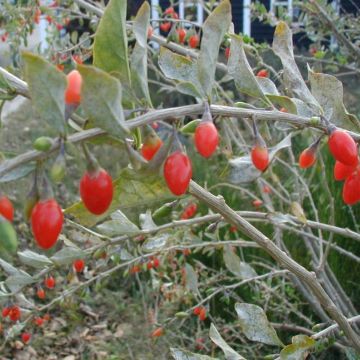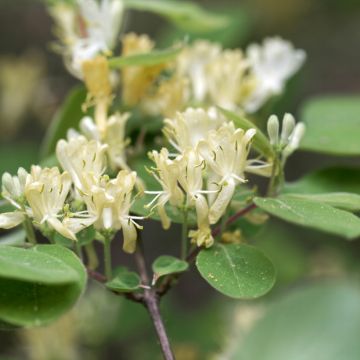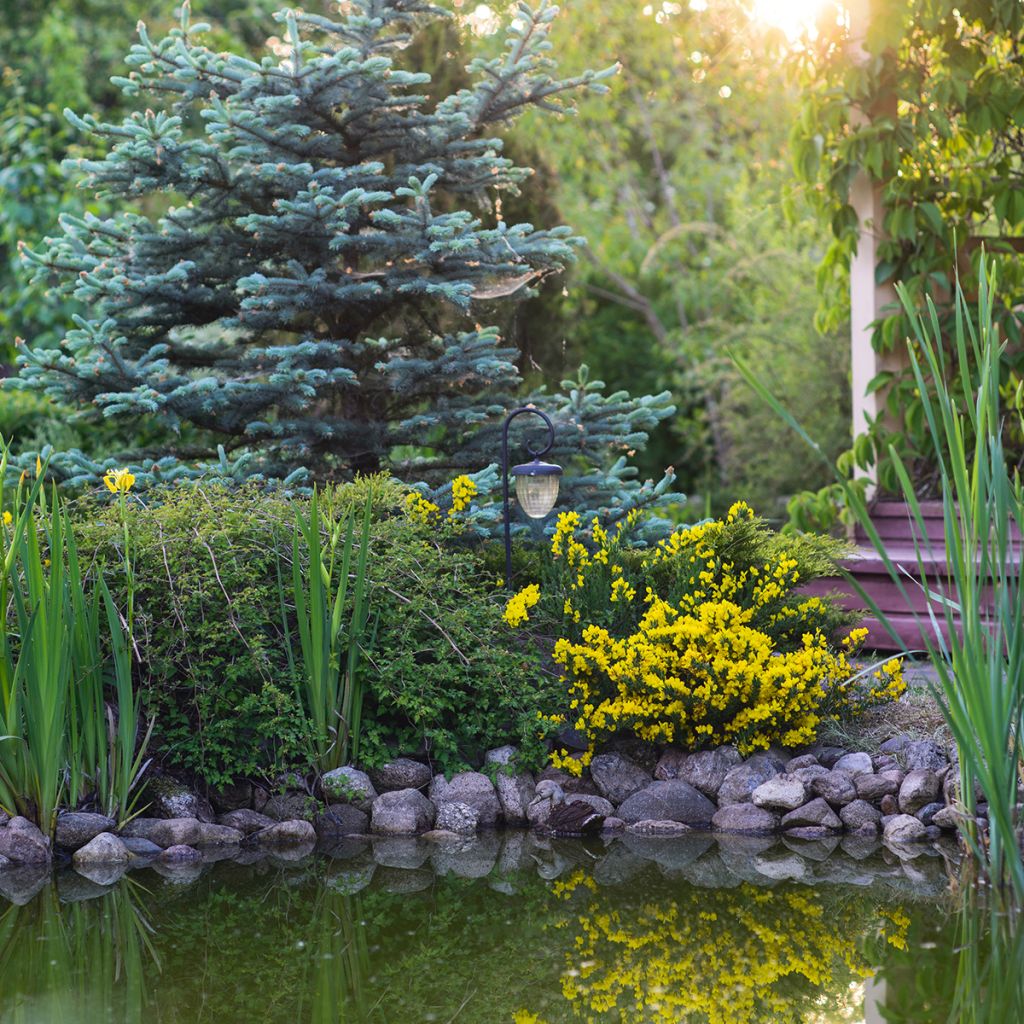

Cytisus decumbens
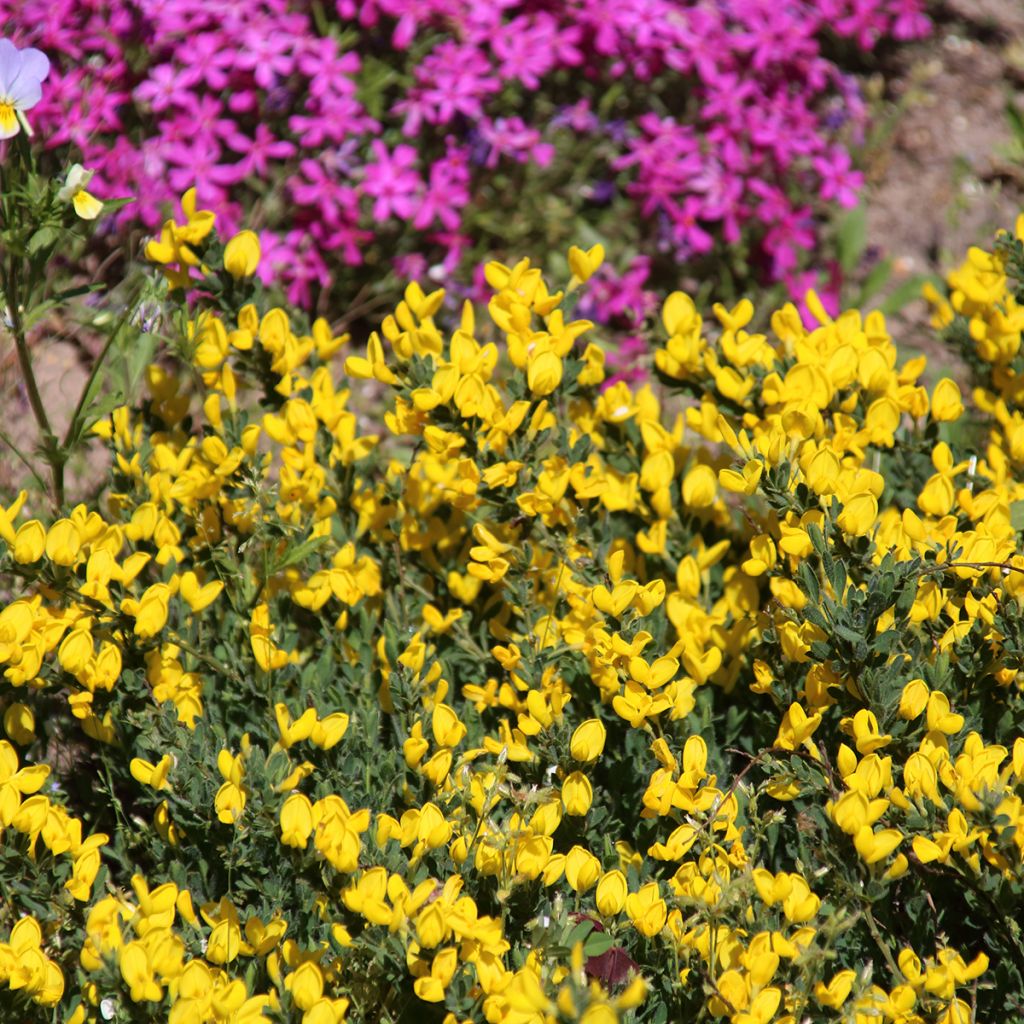

Cytisus decumbens


Cytisus decumbens
Cytisus decumbens
Cytisus decumbens
Broom
Very disappointed. Many dry branches upon receipt. I thought everything would improve in the spring, but no, only one of the three vine-plants is acceptable: very few leaves and no flowers. I have always been satisfied with my orders on the website but not this time.
Mireille, 30/06/2021
Special offer!
Receive a €20 voucher for any order over €90 (excluding delivery costs, credit notes, and plastic-free options)!
1- Add your favorite plants to your cart.
2- Once you have reached €90, confirm your order (you can even choose the delivery date!).
3- As soon as your order is shipped, you will receive an email containing your voucher code, valid for 3 months (90 days).
Your voucher is unique and can only be used once, for any order with a minimum value of €20, excluding delivery costs.
Can be combined with other current offers, non-divisible and non-refundable.
Why not try an alternative variety in stock?
View all →This plant carries a 24 months recovery warranty
More information
We guarantee the quality of our plants for a full growing cycle, and will replace at our expense any plant that fails to recover under normal climatic and planting conditions.
Would this plant suit my garden?
Set up your Plantfit profile →
Description
Cytisus decumbens, or Creeping Broom, is a deciduous ground cover shrub with a prostrate and spreading habit. Its small, simple and silky leaves are a tender green colour that contrasts beautifully with the bright yellow flowering that occurs in May-June. This undershrub is very hardy, drought-resistant and tolerant of various soil types. It will easily find its place in a warm and dry garden to create an extremely bright flower carpet.
Creeping Broom is an undershrub native to southern Europe. It has a prostrate habit and does not exceed 20 cm to 30 cm (7.9 in to 11.8 in) in height with a spread of about 1 m (3.3 ft). It is the most creeping of its species and therefore makes a very effective ground cover, capable of vegetating inhospitable areas of the garden. Its branches are green, ascending, pentagonal, slender and ramified. They have a downy appearance in their juvenile state and develop roots. The stems bear deciduous foliage up to their tips. The tender green, silky, oblong and simple leaves are shortly petiolate and measure between 0.5 cm and 2 cm (0.2 in to 0.8 in). Their undersides are covered with fine hairs. In May and June, Cytisus decumbens offers a profusion of very bright yellow flowers. The flowers are relatively large, borne in long clusters along the stems, measuring between 1 cm and 2 cm (0.4 in to 0.8 in). The flowering is so abundant that it almost completely eclipses the foliage. A fruiting, with no ornamental interest, then takes over in the form of black pods measuring 2 cm to 3 cm (0.8 in to 1.2 in) in length. It is advisable to remove the fruits to avoid weakening the plant.
Cytisus decumbens appreciates sunny or very lightly shaded exposures, neutral or slightly acidic, poor and well-drained soils. However, it tolerates weakly calcareous soils. Choose its location carefully as it does not tolerate transplantations well. Creeping Broom has an excellent hardiness that allows it to withstand temperatures below -15° C (5° F). Plant in sandy soil, without adding fertiliser. If your soil is heavy, lighten it with turf, sand or gravel. Water it regularly during the growing season for the first two years after planting. Once established, it shows good drought tolerance. This shrub has a satisfactory resistance to diseases, although it may occasionally be attacked by mites. Note that the lifespan of brooms rarely exceeds 5 years. However, they are easy to maintain and not demanding, which makes them suitable for most gardens!
Creeping Broom can be used in a border, rockery or even in a large pot. It pairs well with other dryland ground cover shrubs such as Scorpion Vetch, Maiden Pink or Butterfly Lavender for a diversity of colourful flowering.
Cytisus decumbens in pictures
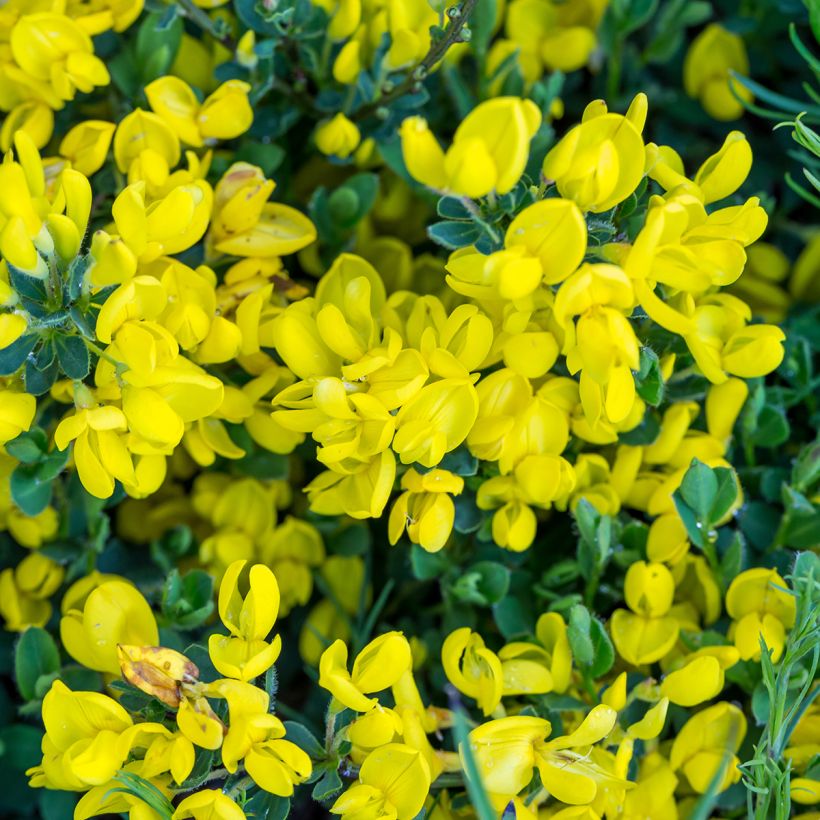



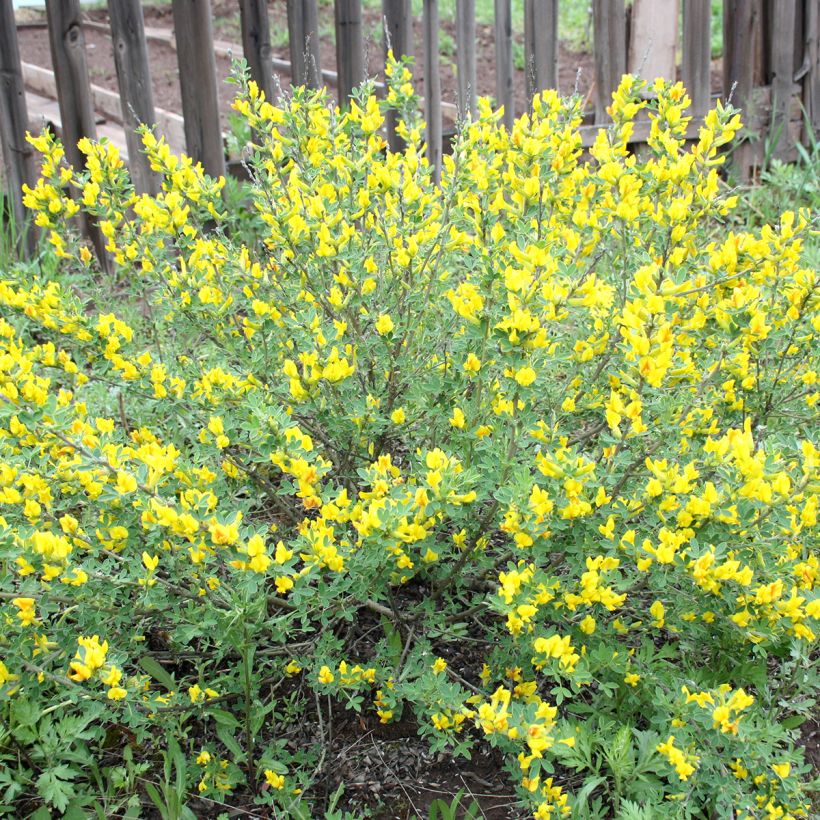

Plant habit
Flowering
Foliage
Botanical data
Cytisus
decumbens
Fabaceae
Broom
Western Europe
Planting and care
Cytisus decumbens is native to southern Europe. It prefers sunny or very lightly shaded exposures, poor and well-drained, neutral or slightly acidic soils. However, it tolerates weakly calcareous soils. Choose its location carefully as it does not tolerate transplantations well. It has excellent hardiness, allowing it to withstand temperatures below -15° C (5° F).
Plant in sandy soil, without adding fertilisers. If your soil is heavy, lighten it with turf, sand or gravel. Water it regularly during the growing season for the first two years after planting. Once established, it shows good drought tolerance.
This bush has satisfactory disease resistance, although it may occasionally be attacked by mites. Cytisus plants have a relatively short lifespan, around 5 years. Easy to maintain, this low-demanding shrub will find its place in most gardens!
Planting period
Intended location
Care
Planting & care advice
-
, onOrder confirmed
Reply from on Promesse de fleurs
Similar products
Haven't found what you were looking for?
Hardiness is the lowest winter temperature a plant can endure without suffering serious damage or even dying. However, hardiness is affected by location (a sheltered area, such as a patio), protection (winter cover) and soil type (hardiness is improved by well-drained soil).

Photo Sharing Terms & Conditions
In order to encourage gardeners to interact and share their experiences, Promesse de fleurs offers various media enabling content to be uploaded onto its Site - in particular via the ‘Photo sharing’ module.
The User agrees to refrain from:
- Posting any content that is illegal, prejudicial, insulting, racist, inciteful to hatred, revisionist, contrary to public decency, that infringes on privacy or on the privacy rights of third parties, in particular the publicity rights of persons and goods, intellectual property rights, or the right to privacy.
- Submitting content on behalf of a third party;
- Impersonate the identity of a third party and/or publish any personal information about a third party;
In general, the User undertakes to refrain from any unethical behaviour.
All Content (in particular text, comments, files, images, photos, videos, creative works, etc.), which may be subject to property or intellectual property rights, image or other private rights, shall remain the property of the User, subject to the limited rights granted by the terms of the licence granted by Promesse de fleurs as stated below. Users are at liberty to publish or not to publish such Content on the Site, notably via the ‘Photo Sharing’ facility, and accept that this Content shall be made public and freely accessible, notably on the Internet.
Users further acknowledge, undertake to have ,and guarantee that they hold all necessary rights and permissions to publish such material on the Site, in particular with regard to the legislation in force pertaining to any privacy, property, intellectual property, image, or contractual rights, or rights of any other nature. By publishing such Content on the Site, Users acknowledge accepting full liability as publishers of the Content within the meaning of the law, and grant Promesse de fleurs, free of charge, an inclusive, worldwide licence for the said Content for the entire duration of its publication, including all reproduction, representation, up/downloading, displaying, performing, transmission, and storage rights.
Users also grant permission for their name to be linked to the Content and accept that this link may not always be made available.
By engaging in posting material, Users consent to their Content becoming automatically accessible on the Internet, in particular on other sites and/or blogs and/or web pages of the Promesse de fleurs site, including in particular social pages and the Promesse de fleurs catalogue.
Users may secure the removal of entrusted content free of charge by issuing a simple request via our contact form.
The flowering period indicated on our website applies to countries and regions located in USDA zone 8 (France, the United Kingdom, Ireland, the Netherlands, etc.)
It will vary according to where you live:
- In zones 9 to 10 (Italy, Spain, Greece, etc.), flowering will occur about 2 to 4 weeks earlier.
- In zones 6 to 7 (Germany, Poland, Slovenia, and lower mountainous regions), flowering will be delayed by 2 to 3 weeks.
- In zone 5 (Central Europe, Scandinavia), blooming will be delayed by 3 to 5 weeks.
In temperate climates, pruning of spring-flowering shrubs (forsythia, spireas, etc.) should be done just after flowering.
Pruning of summer-flowering shrubs (Indian Lilac, Perovskia, etc.) can be done in winter or spring.
In cold regions as well as with frost-sensitive plants, avoid pruning too early when severe frosts may still occur.
The planting period indicated on our website applies to countries and regions located in USDA zone 8 (France, United Kingdom, Ireland, Netherlands).
It will vary according to where you live:
- In Mediterranean zones (Marseille, Madrid, Milan, etc.), autumn and winter are the best planting periods.
- In continental zones (Strasbourg, Munich, Vienna, etc.), delay planting by 2 to 3 weeks in spring and bring it forward by 2 to 4 weeks in autumn.
- In mountainous regions (the Alps, Pyrenees, Carpathians, etc.), it is best to plant in late spring (May-June) or late summer (August-September).
The harvesting period indicated on our website applies to countries and regions in USDA zone 8 (France, England, Ireland, the Netherlands).
In colder areas (Scandinavia, Poland, Austria...) fruit and vegetable harvests are likely to be delayed by 3-4 weeks.
In warmer areas (Italy, Spain, Greece, etc.), harvesting will probably take place earlier, depending on weather conditions.
The sowing periods indicated on our website apply to countries and regions within USDA Zone 8 (France, UK, Ireland, Netherlands).
In colder areas (Scandinavia, Poland, Austria...), delay any outdoor sowing by 3-4 weeks, or sow under glass.
In warmer climes (Italy, Spain, Greece, etc.), bring outdoor sowing forward by a few weeks.






























